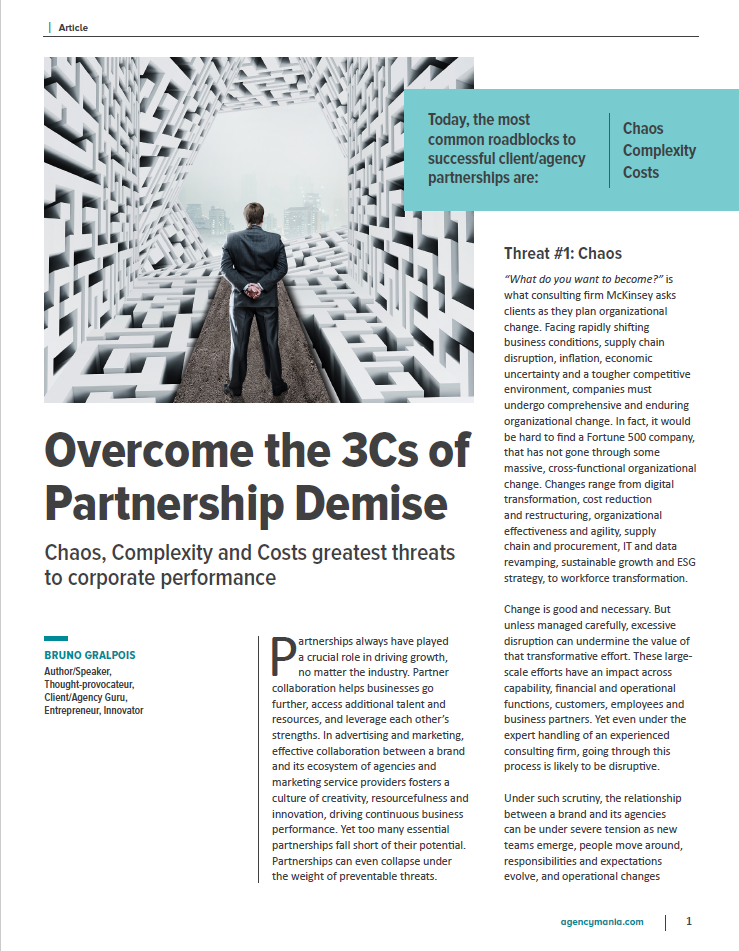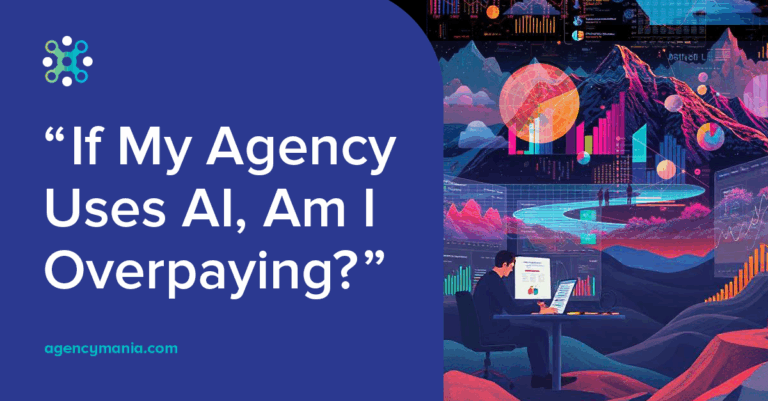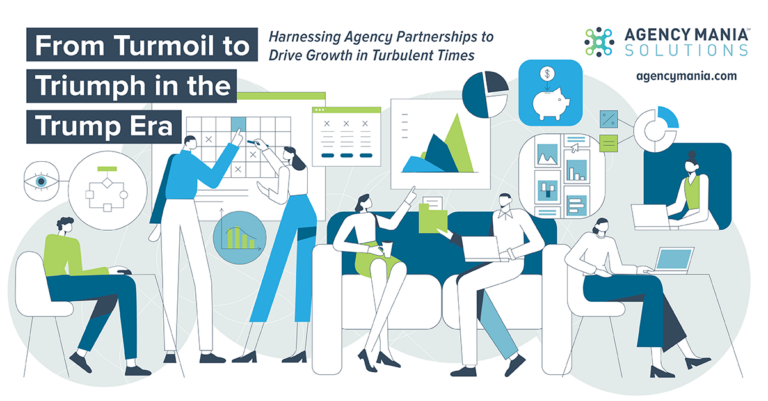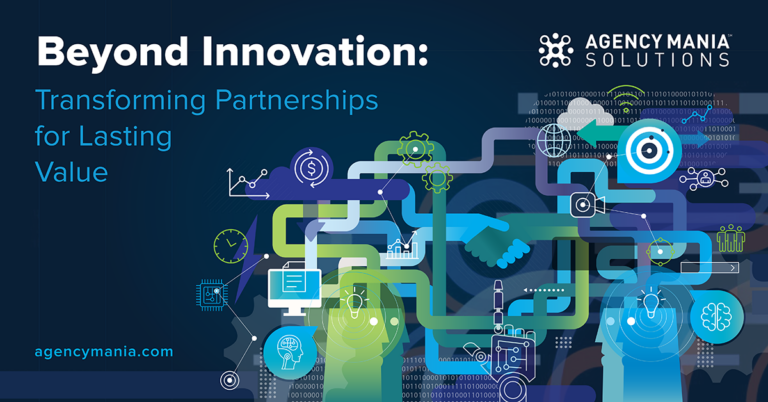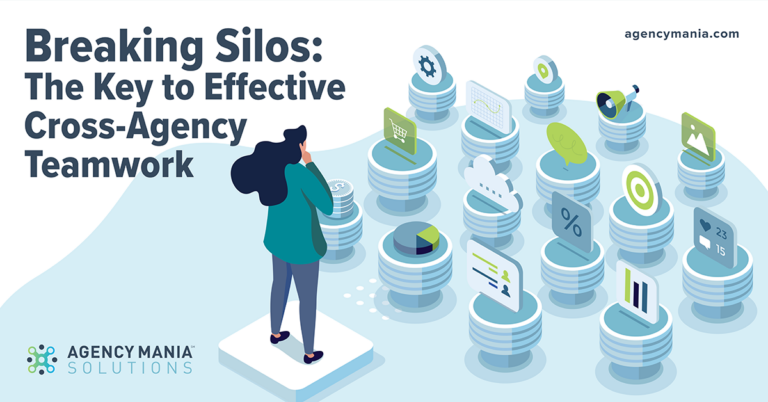Chaos, Complexity and Costs greatest threats to corporate performance
Partnerships always have played a crucial role in driving growth, no matter the industry. Partner collaboration helps businesses go further, access additional talent and resources, and leverage each other’s strengths. In advertising and marketing, effective collaboration between a brand and its ecosystem of agencies and marketing service providers fosters a culture of creativity, resourcefulness and innovation, driving continuous business performance. Yet too many essential partnerships fall short of their potential. Partnerships can even collapse under the weight of preventable threats.
Today, the most common roadblocks to successful client/agency partnerships are:
- Chaos
- Complexity
- Costs
I’ll explain why each is critical and how to control them.
Threat #1: Chaos
“What do you want to become?” is what consulting firm McKinsey asks clients as they plan organizational change. Facing rapidly shifting business conditions, supply chain disruption, inflation, economic uncertainty and a tougher competitive environment, companies must undergo comprehensive and enduring organizational change. In fact, it would be hard to find a Fortune 500 company, that has not gone through some massive, cross-functional organizational change. Changes range from digital transformation, cost reduction and restructuring, organizational effectiveness and agility, supply chain and procurement, IT and data revamping, sustainable growth and ESG strategy, to workforce transformation.
Change is good and necessary. But unless managed carefully, excessive disruption can undermine the value of that transformative effort. These large-scale efforts have an impact across capability, financial and operational functions, customers, employees and business partners. Yet even under the expert handling of an experienced consulting firm, going through this process is likely to be disruptive.
Under such scrutiny, the relationship between a brand and its agencies can be under severe tension as new teams emerge, people move around, responsibilities and expectations evolve, and operational changes inhibit the team’s ability to execute. Complicating this, agencies themselves are also transforming their operations to better serve their clients simultaneously.
Some ways for clients and their agencies to avoid unwarranted chaos are to:
- Invite agency partners to participate actively in shaping transformative initiatives.
- Ask agency partners to be transparent in their own efforts to evolve their operations and ways of working.
- Identify joint tools or technology to support new ways of collaboration and information sharing.
- Anticipate and proactively communicate desired agency model changes or forthcoming reviews.
Threat #2: Complexity
Large organizations are inherently complex in how they operate, especially those with a diverse range of products and global/regional footprints. For example, Procter & Gamble Co. is a multinational consumer goods corporation that manufactures and markets a wide array of products across numerous categories. Its portfolio includes well-known brands such as Pampers, Tide, Gillette, Crest, and Pantene in over 180 countries. Its sectors range from beauty and grooming to healthcare, home care, and baby care. Giant firms such as L’Oréal and Unilever share similar characteristics. The hierarchy can also create challenges, as layers of management can delay information flow and stifle creativity, especially in the absence of technology to accelerate information sharing information, approvals or access to data. Complexity is inherently part of their operations.
Such complexity doesn’t need to mean “complicated” or “challenging” to work with for agencies. Yet too many brands have convoluted, bureaucratic, and slow decision-making processes. This hinders agility and responsiveness to market conditions and makes it harder for agencies to perform optimally. Communication also can suffer, causing silos and a lack of collaboration — which in turn hampers innovation and efficiency.
Some ways for clients and their agencies to avoid unnecessary complexity are to:
- Identify improvement areas by conducting regular client/agency performance evaluations.
- Leverage best practices to enhance or augment existing taxonomy and workflows.
- Reevaluate and reengineer existing systems to eliminate or reduce low-value activities.
- Improve guidance, scoping and briefing using custom and highly relevant processes.
Threat #3: Costs
Unnecessary complexity inevitably translates into higher costs. If a client operates with its agencies under a labor-based agreement, any added complexity leads to more time and efforts which then leads to more resources and higher retainers/fees. Such complications include project delays, longer review or approval cycles, too many stakeholders or approvers, extensive workflows, poor planning or guidance, too many meetings, complex policies, and more.
As clients benchmark their costs, they may conclude that their agencies are too expensive and plan to review the relationship, not realizing that these high costs were self-inflicted. This is one of the greatest opportunities for brands and agencies to collaborate to drive more efficient, simplified and agile ways to leverage internal and external resources to produce quality work. In tighter economic conditions where inflation and talent shortage contribute to higher labor costs, it’s imperative for brands to look at leaner, more operationally-sound ways to work with partners. The recent use of AI technology and tools promises to help brands increase productivity and reduce excessive manual efforts.
Some ways for clients and their agencies to avoid unjustified costs are to:
- Achieve more with less, using benchmarks and dashboards for timely decisions.
- Look for opportunities to streamline, simplify, and automate common tasks and activities.
- Leverage technology and generative type AI tools and services to reduce low-value work.
- Jointly set efficiency targets and monitor progress against those to incentivize agencies.
A better way forward
Organizations have been inundated with challenges and change at a speed and scale that is unprecedented. Forming and nurturing partnerships is becoming an indispensable aspect of a company’s growth strategy. Partnerships can flourish when both parties come together, not only to do great work and fulfill their mutual obligations, but to overcome operating challenges that threaten their core partnership and the health of their relationship. To realize the most organizational value and business performance, brands and their agencies should apply rigor and implement specific actions to avoid those too-common partnership pitfalls.

